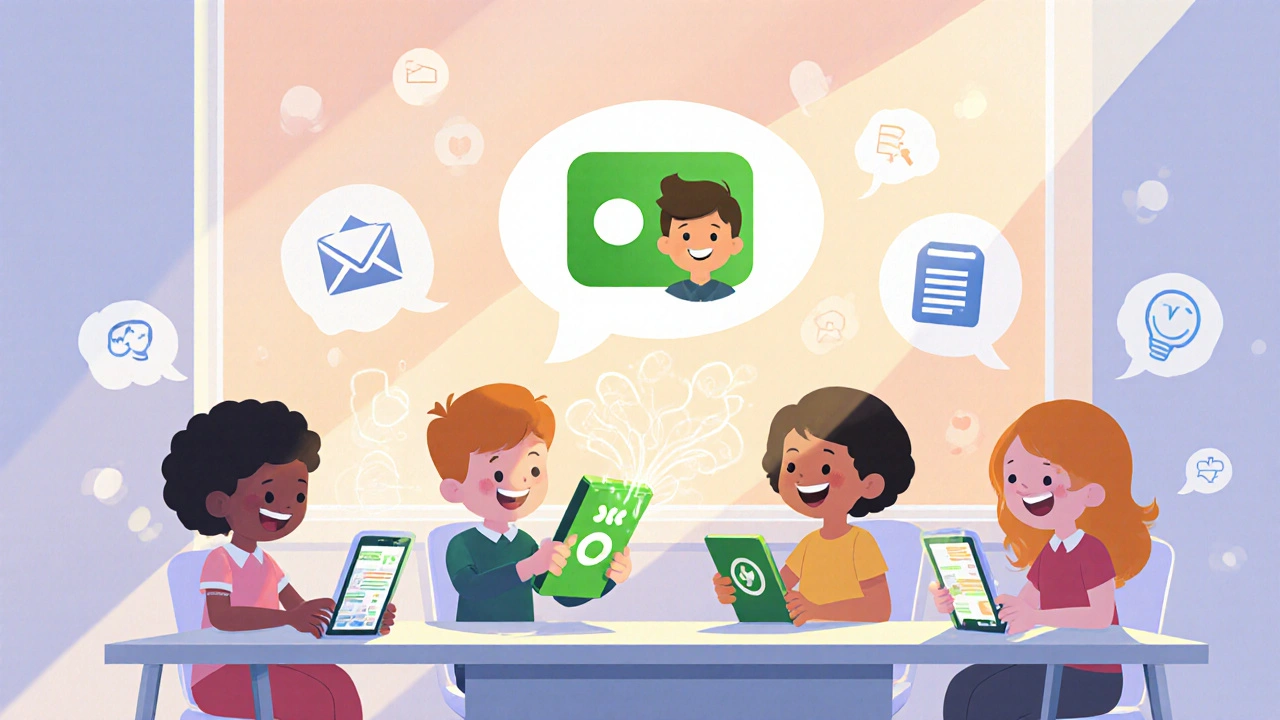Slack VoIP Integration
When you use Slack VoIP integration, a feature that connects your business phone system directly to Slack, letting you make, receive, and manage calls inside the app. Also known as VoIP for Slack, it turns your team’s messaging platform into a full communication hub—no extra apps, no missed calls, no juggling between tools. This isn’t just about making calls from Slack. It’s about removing friction. If your team spends hours jumping between Slack, Zoom, and your desk phone, Slack VoIP integration cuts that time in half.
It works by connecting your VoIP provider—like RingCentral, 8x8, or even a self-hosted SIP system—to Slack through built-in apps or third-party integrations. Once linked, you can dial out from a contact’s Slack profile, answer incoming calls with a click, and even see who’s available or on a call right in the sidebar. The call history shows up in the chat thread, so context stays with the conversation. No more saying, "Wait, what were we talking about?" after a call ends. This is especially powerful for remote teams, customer support, or sales reps who need to switch from chat to call in seconds.
Slack VoIP integration doesn’t just save time—it reduces errors. When calls are logged automatically in Slack, you don’t need to manually update CRMs or track follow-ups. It also ties into your team’s workflow: a call from a lead? Slack creates a task. A client escalates an issue? The whole channel gets notified. And because it’s built on VoIP, you get better call quality, lower costs, and the ability to use it anywhere with internet. You’re not just upgrading your phone system—you’re upgrading how your team communicates.
Related tools like unified communications, platforms that combine voice, video, messaging, and file sharing into one system are becoming standard, and Slack VoIP integration is one of the most practical ways to get there without overhauling your whole tech stack. It’s not about replacing Zoom or Teams—it’s about making Slack do more, so you don’t need as many tools. And if you’re already using Slack daily, this is the lowest-effort, highest-impact upgrade you can make.
What you’ll find below are real guides on how to set it up, which providers work best with Slack, how to avoid common setup traps, and how teams actually use it to cut response times and improve customer service. No fluff. Just what works.
